
Laroya
Let yourself be seduced by the beauty of Sierra de los Filabres
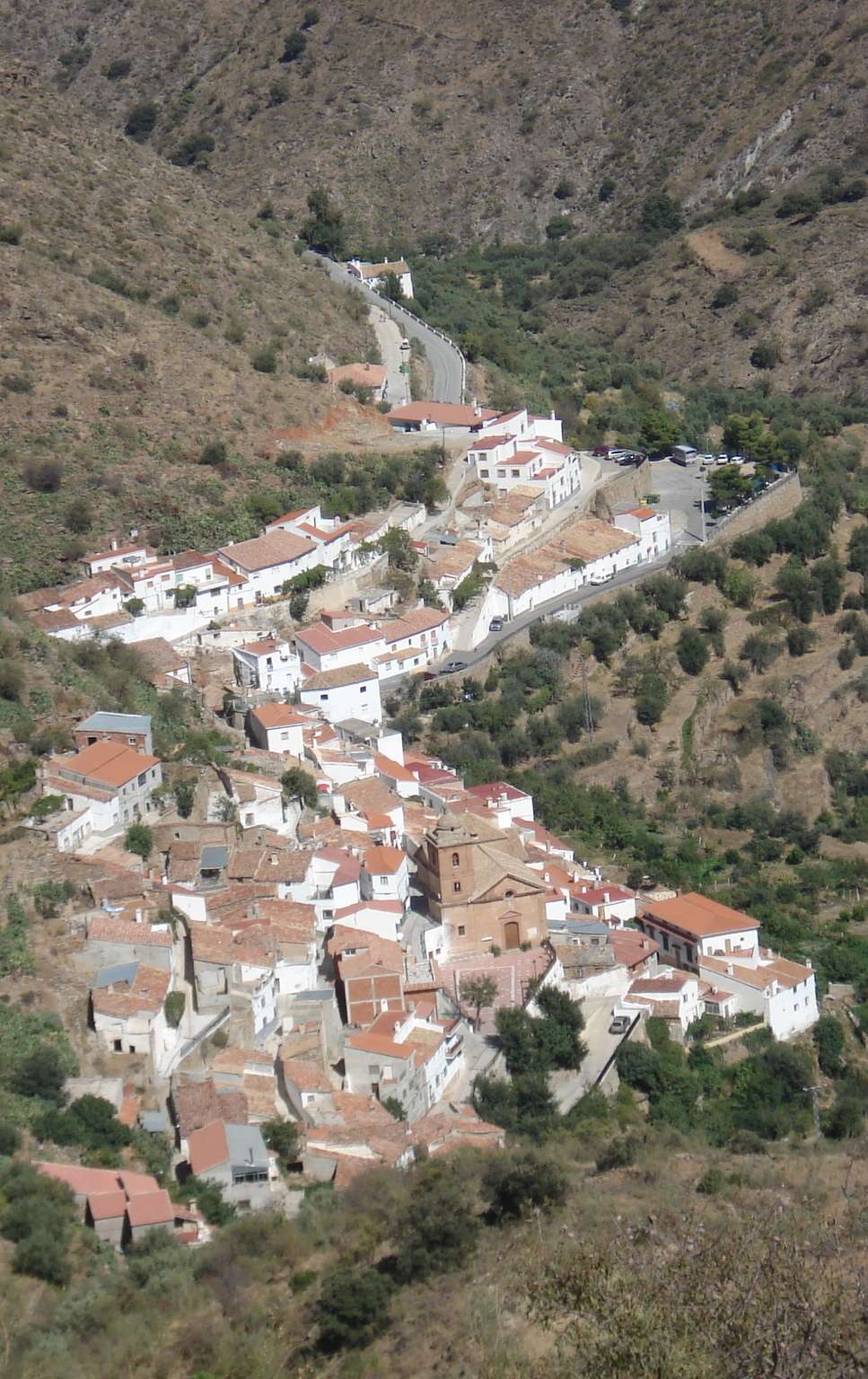
WELCOME TO LAROYA
The first data about Laroya date back to the Muslim era, which mark this place as a prosperous and rich area in the marble district.
After the Reconquest of the Catholic Kings is granted by these, and through a royal cedula of 1501, the privilege of Laroya city. This fact obeyed to that Isabel and Fernando decided to regulate the political and juridical regime of Baza, Purchena and the bordering cities, between which Laroya is.
A municipality that is annexed by Baza in that same year and also by means of a royal cedula of the Catholic Monarchs. The town of Baza was annexed along with Laroya the municipalities of Zújar, Freila, Caniles, Cúllar and Macael. Researchers have shown their surprise at the annexation of Macael and Laroya, since they were the most distant from Baza.
After its inclusion in the Baza term, the municipality of Laroya suffered the ups and downs of the history of that time, and was immersed in the revolt of the Moors, which led to the repopulation with new inhabitants.
In the Book of Distributions of Laroya, which is kept in the Archive of the Royal Chancery of Granada, he realizes the need to repopulate the unpopulated places, in accordance with the real provision of January 26, 1579.
The Population Council determined that the town was populated with 12 neighbors, who were the ones who made their own accord the distribution of the town.
CERVANTES
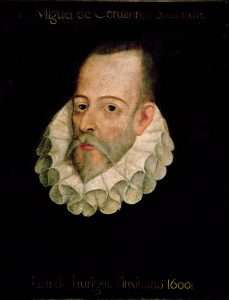
On September 9, 1594 Cervantes true is that he went to collect two items of alcabalas, one to Baza and the people under his jurisdiction and another to the rest of the peoples of his party: Freila, Laroya and Macael.
Laroya is an Almerian municipality in the Sierra de Los Filabres. Its isolated situation has allowed it to maintain beautiful traditions and customs. Calm town, where silence mixes with the sounds of nature. Its extension is 21 km². It is located at an altitude of 860 meters.
According to the tradition, its name comes from an Arab term that means casserole or hoya, for its situation between saws.
THE TERRACES
If there is something characteristic of the landscape of our town are its fields full of terraces that allowed its inhabitants to cultivate in areas with steep slopes. This clay soil is very productive and gave the families who worked it the harvest that fed them throughout the year: almonds, olives, lentils, chickpeas, wheat, corn, alfalfa, orange trees and the own gardens for each house such as potatoes, tomatoes , onions or lettuce, among many others were the plants that were seen, and even today some of them can be found in our terraces.
The river, once mighty, gave life to the terraces, which little by little began to take names as picturesque as “The terrace of Viñica”, “Los Olívicos”, “La Quebrá”, “Las Puentecicas”, etc.
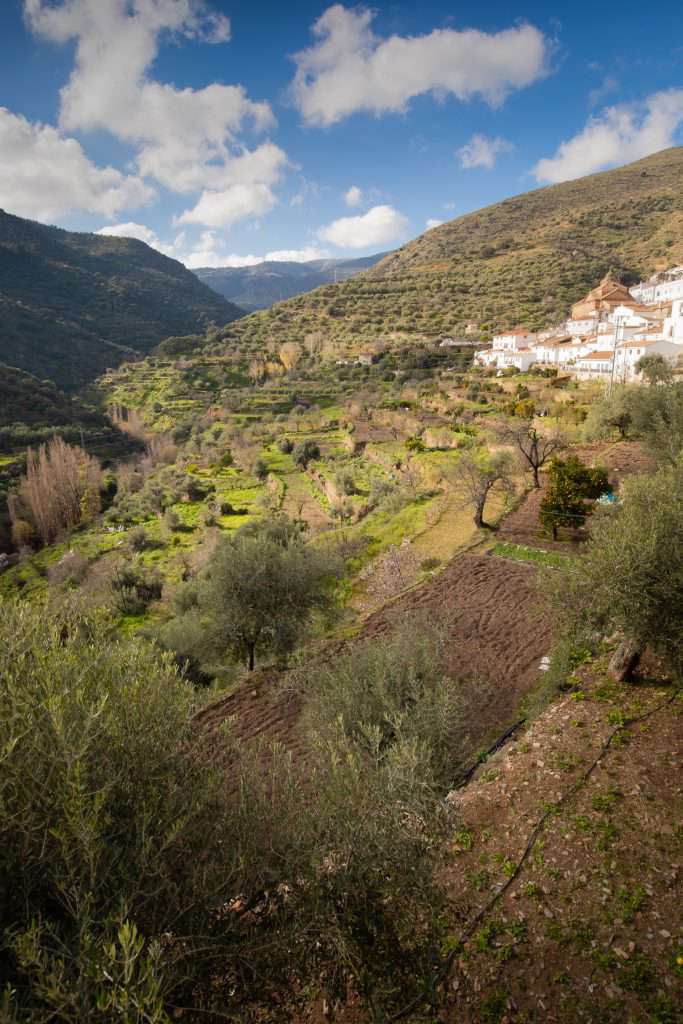
"LA ENCANTADA" STONE
ROMANCE DE LA ENCANTADA (ONLY SPANISH)
Detente aquí forastero y contempla en la montaña una roca que llamamos la piedra de la encantada.
Una princesa morisca y un vecino del lugar,ambos dos se enamoraronen la noche de San Juan.
Y quedaron a escondidas junto a la orilla del río,pero el padre de la joven se interpuso en sus caminos.
Y a sus mozos ordenó que mataran al muchachoy en el río de Laroya fue cruelmente asesinado.
A su hija la escondió en lo hondo de la montaña y allí quedó para siempre y nadie pudo encontrarla.
Dicen que se convirtió en una piedra encantada que en la noche de San Juan vuelve a ser una muchacha.
Y que en las aguas del río baja a lavarse la cara y al no encontrar a su amado vuelve a quedar transformadaen piedra, en cuyo silenciouna historia de amor guarda.
Diego Reche, December 1st, 2018
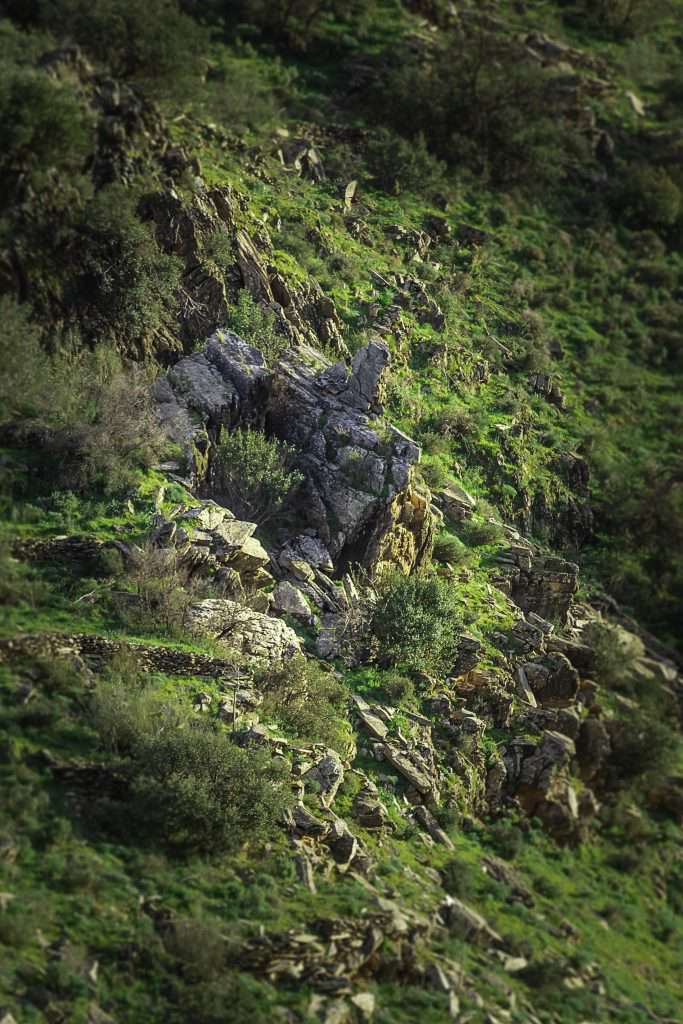
THE FIRES OF LAROYA
On June 16, 1945, without anyone knowing the cause, several fields burned in the lands of Cortijo Pitango and Cortijo Franco, as picked up by the media of that time.
The neighbors gave part to the civil guard, to those who watched while they were set on fire in the jackets.
Such was the interest that caused that Don José Cubillo, a geographer engineer, sent by the government, moved to the town. He wrote a book called Laroya’s Atmospheric Phenomena, and as a conclusion he said, that the fires were produced due to the heat prevailing in the area, and something that flowed from the underground.
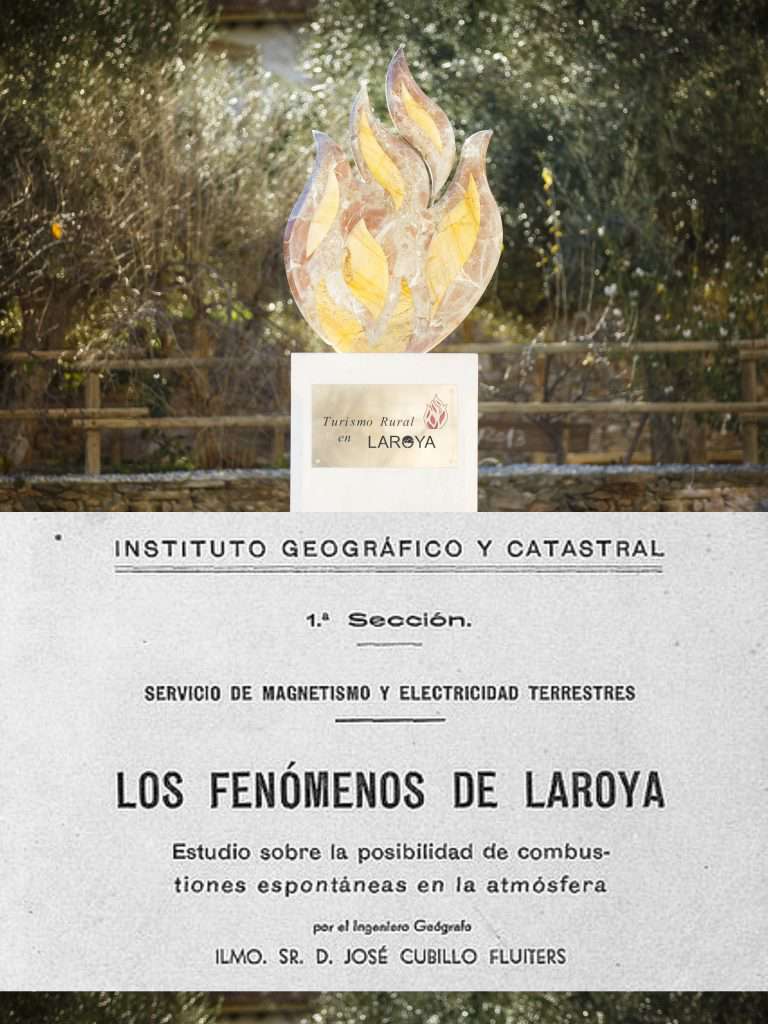
THE ALMAZARA
Another sign of how big was the Villa de Laroya is the Almazara that existed in the town, as there were many families who filled their lube with the oil that was pressed between these mills.
A short time ago the city council has rehabilitated it and we can enjoy it and observe its mechanisms and imagine or remember how the huge stones turned or where the precious liquid dropped to the jars in which the oil was kept for several years.
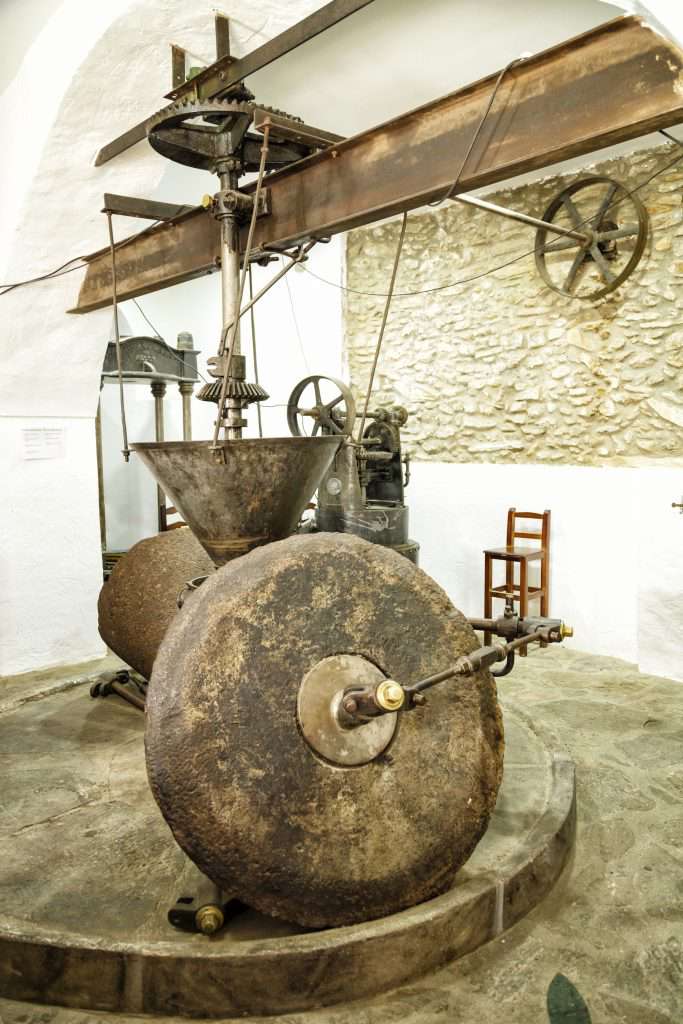
LA BALSA DEL COMUN ROUTE
You have already realized the importance that the Laroya River has had for its inhabitants. Thus, there are many rafts that were built to collect rainwater, as well as a complex network of ditches that we inherited from the Arabs.
After this short walk you reach the river where we can see the most characteristic of these rafts, where all of us as children learned to swim, the common raft.
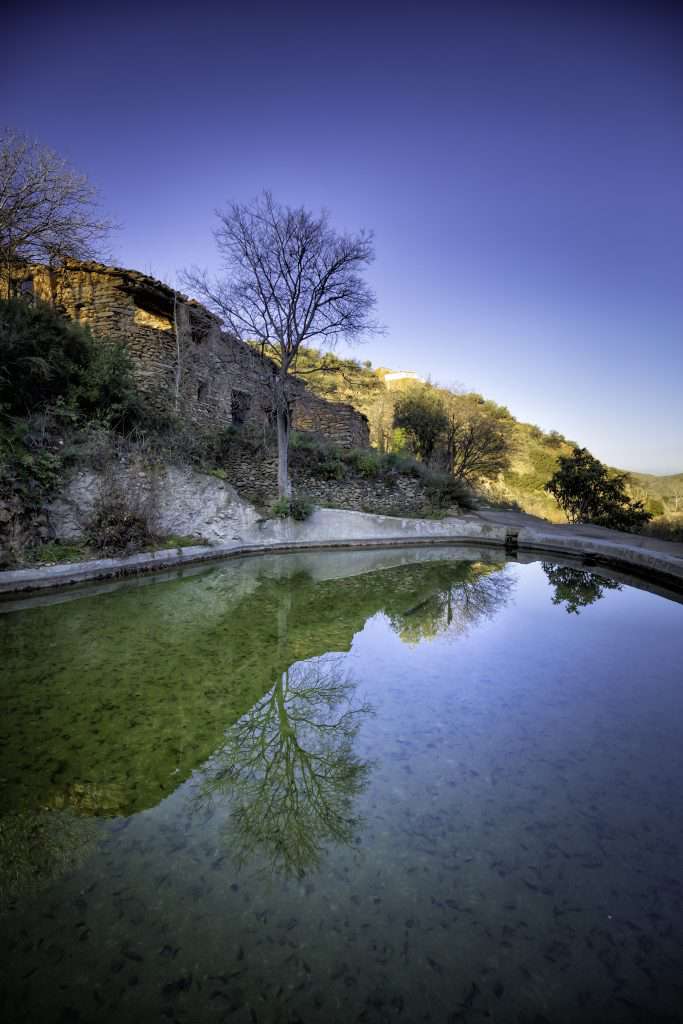
LAROYA'S CHURCH
This church was built in the sixteenth century, almost all of the material used is red brick cooked in Laroya. These were manufactured in furnaces that are close to the riverbed located in the Tejera.
It is a Latin cross building, with only one nave, with a high choir at the feet, chapels with side niches, a slightly protruding transept and a sacristy attached to the headboard. It was commissioned by the second Marquis of los Vélez, Don Luis Fajardo de la Cueva.
Our Patron is San Ramón Nonato, a pattern of pregnancies and births who are asked for help in such circumstances. The relic of San Ramón presides over the High Altar.
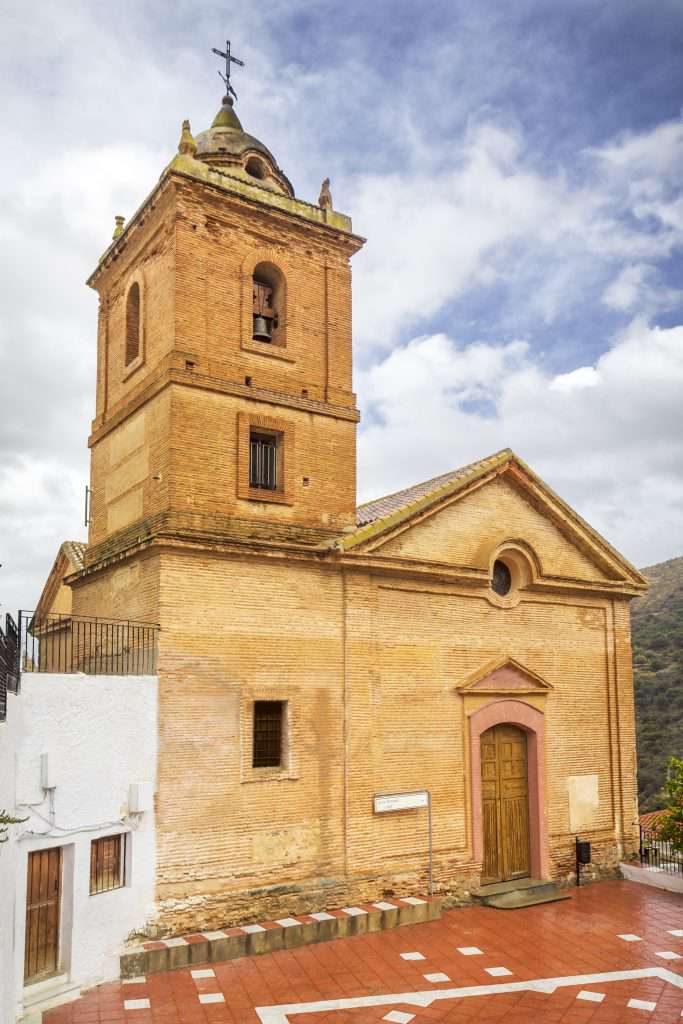
TYPICAL STREETS OF LAROYA
If you walk through our town you will find some typical streets. you will appreciate that they are narrow, twisted and very steep, since they were adapting to the steep terrain where the town settled.
The neighbors whitewashed their facades to protect them from the heat and liked to decorate them with plants and flowers, especially vines, which provided them with that freshness so longed for in the summer months.
We encourage you to get lost to find other characteristic streets such as the stairway behind the church or the smaller street, also known as “The little street of Luisa” where you can not cross two people.
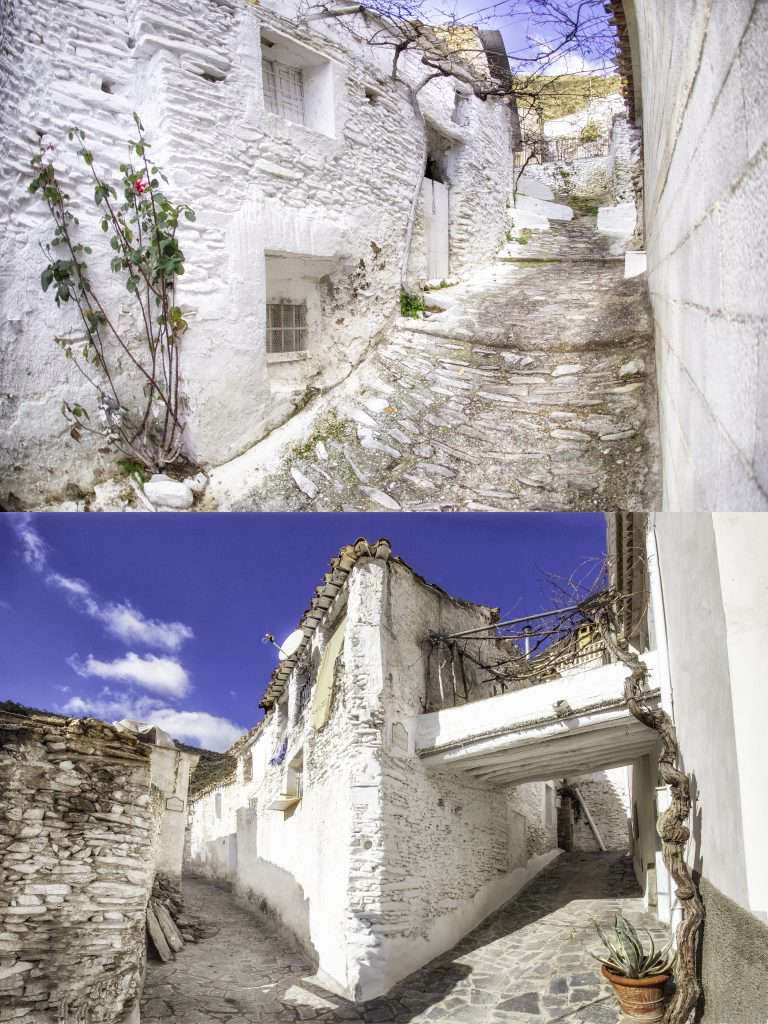
THE LAROYA QUARTERS
On Easter Sunday, after the mass and in the town square, the so-called “cuartetero” recites the quatrains uploaded on a donkey in disguise and accompanied by the loud sound of conches and trumpets.
They are rhymed verses that critically and inoffensive relate something funny happened in the town throughout the year. They are composed and compiled on Holy Saturday night.
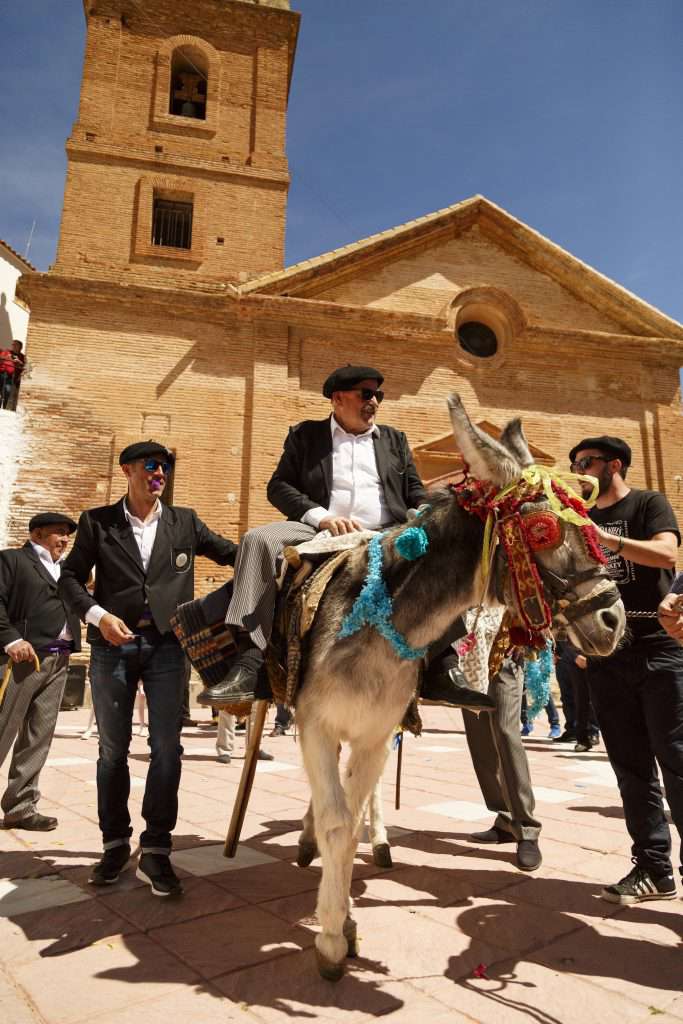
MOORS AND CHRISTIANS
The ancient tradition of the festivities of Moors and Christians, so rooted in towns of the Levant and in some of the South, also remains in Laroya. It is celebrated within the fiestas of San Ramón Nonato, patron saint of the town, in the last days of August.
The first day a battle is fought in which the Moors win, and the second day the Christians win, and that ends with a hug between the two sides. The character of the Pelotero is one of the biggest attractions of this famous festival of Moors and Christians.
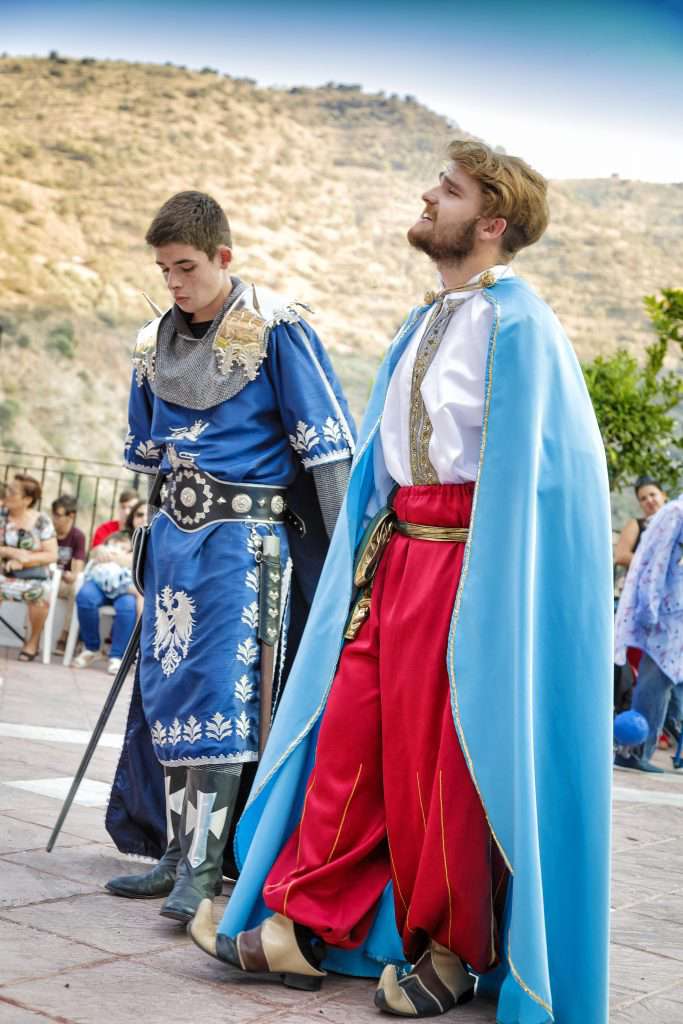
"LAS ERAS"
In the municipality of Laroya we have about 80 eras each with its name, given the importance of cereal in the history of Laroya, which is why the illustrious writer D. Miguel de Cervantes visited us as a tax collector, being impressed for our people and landscapes we tend to call our “first tourist”.
With the Christian conquest, the Catholic Kings granted Laroya the privilege of a city by royal decree of 1501.
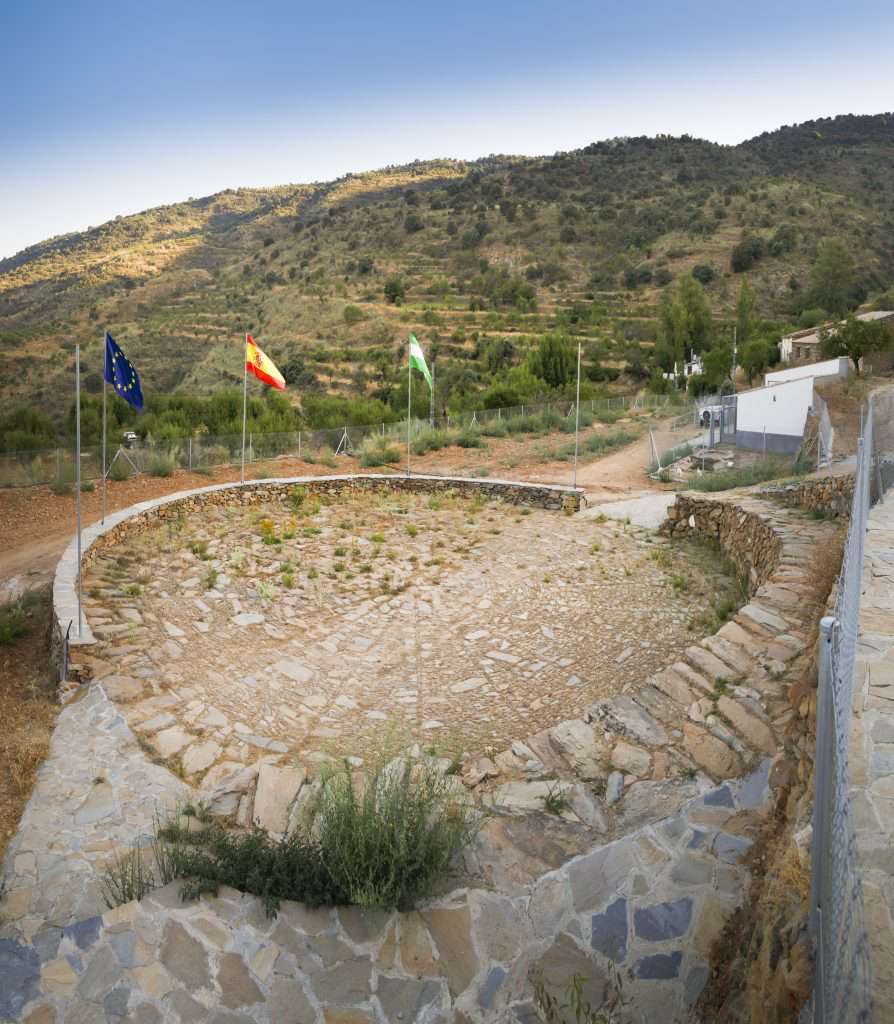
Sobre nosotros
- Dirección: Laroya (Almería) - Reul Alto
- Móvil: 658 952 831
- Email: info@reulalto.com
- Atención Telefónica: de 09 a 20:30
Nuestras Casas
Reserva Ya
¿A qué estas esperando?
